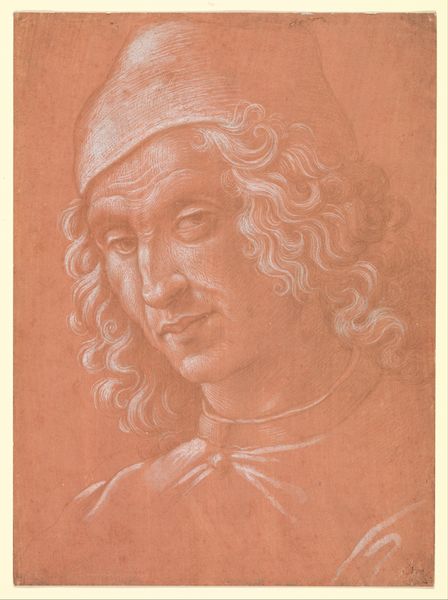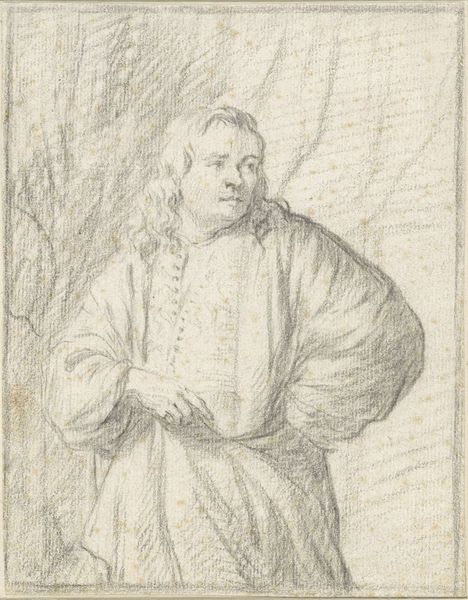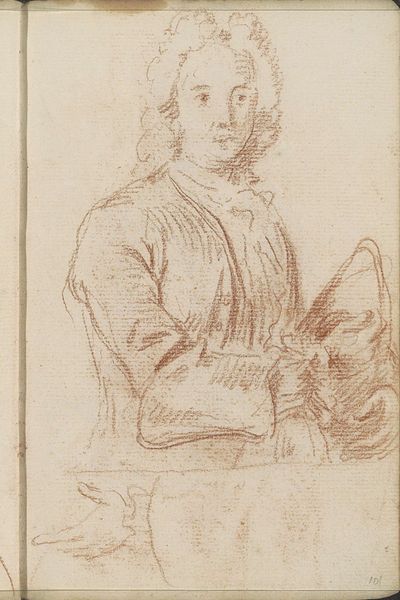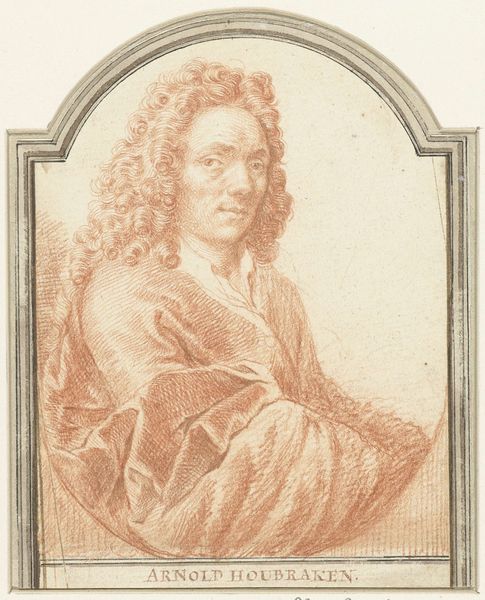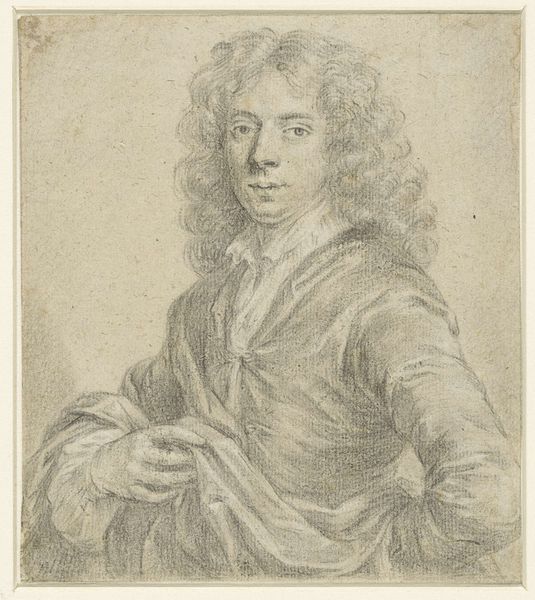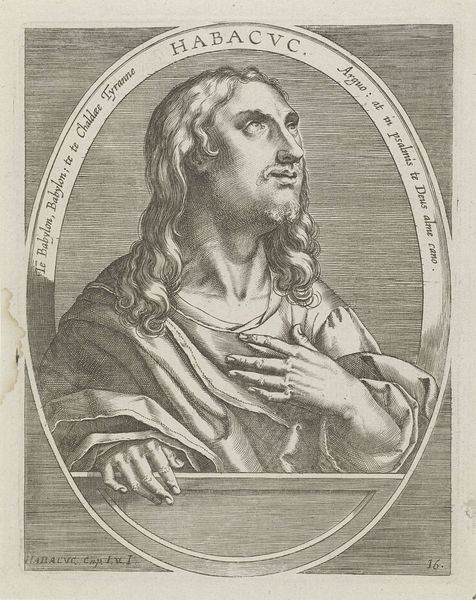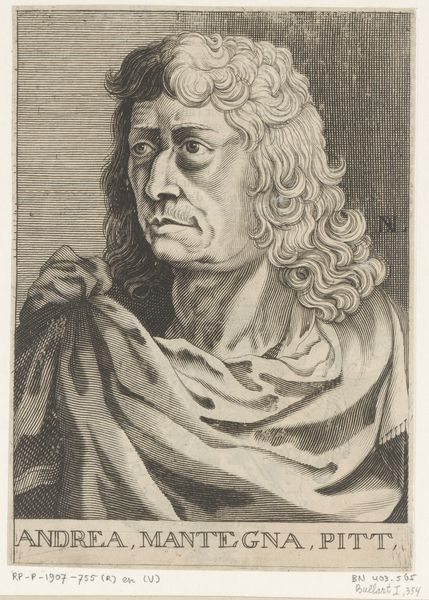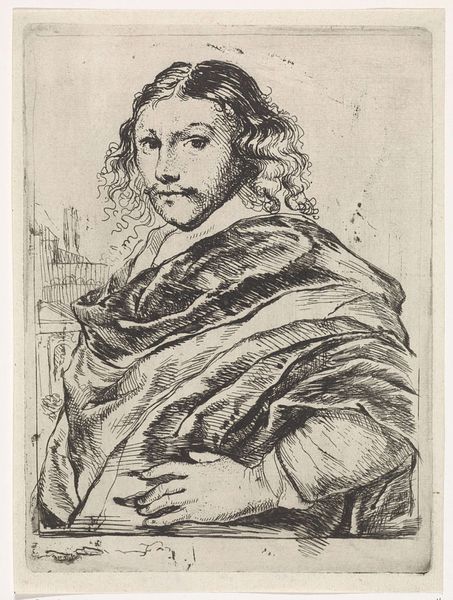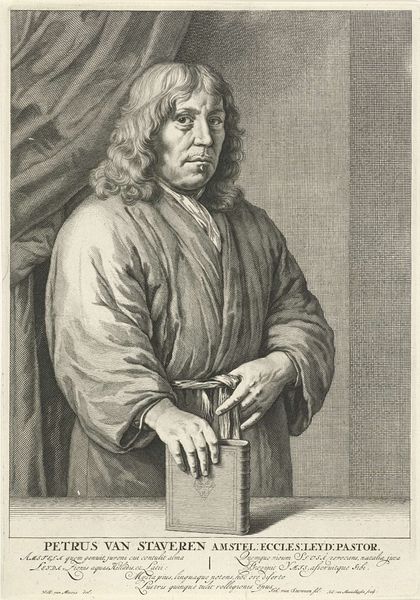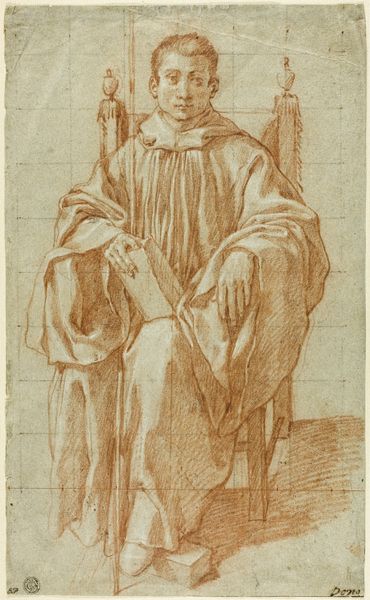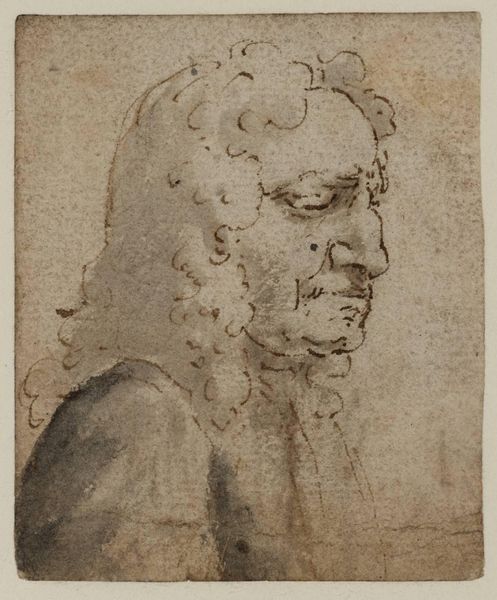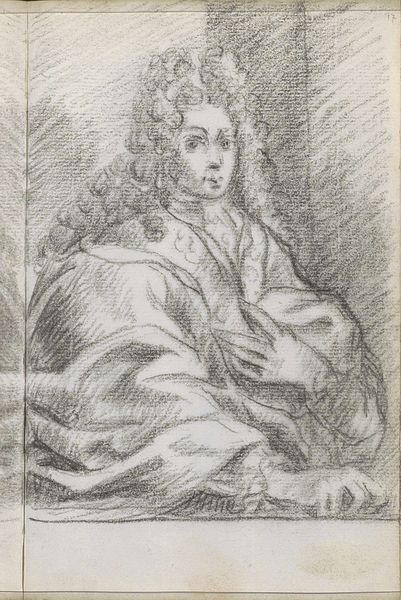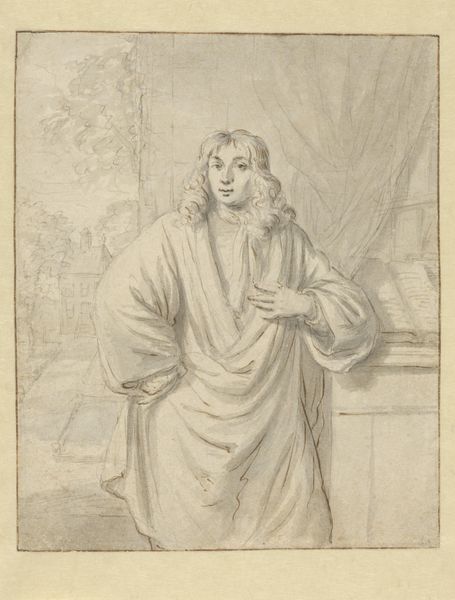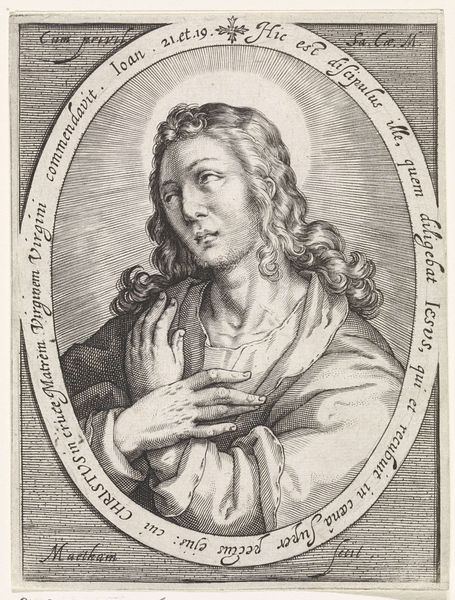
drawing, ink, pen
#
portrait
#
drawing
#
baroque
#
ink
#
pen
Dimensions: height 296 mm, width 196 mm
Copyright: Rijks Museum: Open Domain
Curator: Immediately, I am drawn to the somewhat melancholic mood; there is a sense of quiet contemplation that the monochromatic sepia-toned drawing evokes. Editor: Indeed. Here we have, on display at the Rijksmuseum, a work entitled "Portret van Petrus van Staveren." Its origins lie somewhere between 1664 and 1710, crafted through the skillful application of pen and ink. What details do you notice? Curator: The subject's gaze is penetrating yet weary, typical of Baroque portraiture intending to capture the essence of an individual's character. His pose is compelling – note the placement of his hand, almost protectively on that book. It makes me wonder, what knowledge does he hold within those pages, what symbols are represented? Editor: A great point. In that period, book iconography frequently signaled learning and scholarly associations. The social position of individuals often hinged upon these forms of knowledge and how they were perceived. His clothing, appearing almost like classical drapery, feels symbolic. It speaks to something about his self-presentation in a rapidly modernizing world. Curator: Right, the subtle contrast between his soft clothing and the stark directness of his gaze produces an interesting tension. I almost feel he is about to say something profound. The draped cloth behind him adds another layer—like he is presenting himself upon a stage for us. Editor: He clearly understands the projection of power through symbolic means. Considering that, his likeness was purposefully rendered, negotiating both his personal identity and the era's cultural values. Curator: Absolutely. And there's also something timeless here. While firmly rooted in the visual rhetoric of its era, this portrait probes questions of individual purpose and cultural change. Even centuries later, that resonates powerfully. Editor: It's this tension, bridging the personal and the socio-historical, that perhaps makes this work enduringly compelling, regardless of one’s level of familiarity with the symbols or social environment. Curator: I concur. There's an intriguing paradox: its specificity and inherent universality. Editor: And one can appreciate that through the very marks made by hand using pen and ink.
Comments
No comments
Be the first to comment and join the conversation on the ultimate creative platform.
